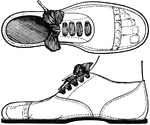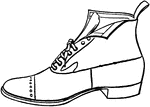Clipart tagged: ‘sole’
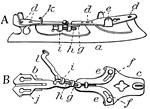
American Club Ice Skate - View from Side and Bottom
"A, side view of American club-skate; B, bottom of the skate with the runner removed. a, runner; b,…

Sandal
"The Sandal is a protection for the foot, worn in ancient times. It was usually a sole of hide, leather,…
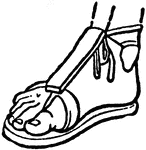
Sandal
"The Sandal is a protection for the foot, worn in ancient times. It was usually a sole of hide, leather,…

Sandal
"The Sandal is a protection for the foot, worn in ancient times. It was usually a sole of hide, leather,…
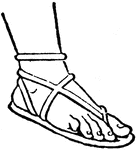
Sandal
"The Sandal is a protection for the foot, worn in ancient times. It was usually a sole of hide, leather,…
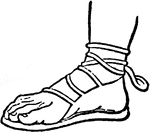
Sandal
"The Sandal is a protection for the foot, worn in ancient times. It was usually a sole of hide, leather,…

Wooden Soles for Shoes
The outsole is the layer in direct contact with the ground. Dress shoes have leather outsoles; casual…

Sole
"Sole (Solea vulgaris) is a marine fish belonging to the flat fishes, of an oblong or oval form. These…

Common Sole
"Ten to twenty inches long, and weighing from on to ten pounds; it inhabits sandy shores in deep water,…




